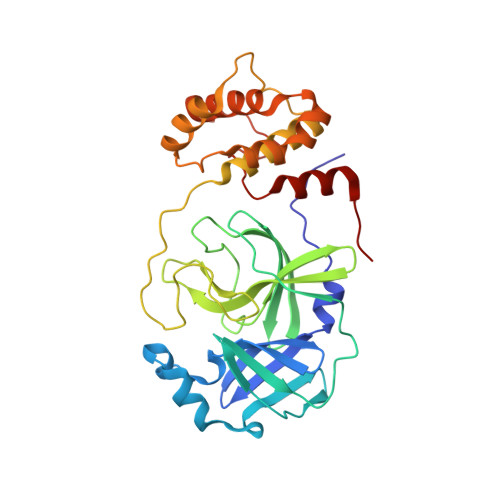Eliminating the missing cone challenge through innovative approaches.
Gillman, C., Bu, G., Danelius, E., Hattne, J., Nannenga, B.L., Gonen, T.(2024) J Struct Biol X 9: 100102-100102
- PubMed: 38962493
- DOI: https://doi.org/10.1016/j.yjsbx.2024.100102
- Primary Citation of Related Structures:
8VD7 - PubMed Abstract:
Microcrystal electron diffraction (MicroED) has emerged as a powerful technique for unraveling molecular structures from microcrystals too small for X-ray diffraction. However, a significant hurdle arises with plate-like crystals that consistently orient themselves flat on the electron microscopy grid. If the normal of the plate correlates with the axes of the crystal lattice, the crystal orientations accessible for measurement are restricted because the crystal cannot be arbitrarily rotated. This limits the information that can be acquired, resulting in a missing cone of information. We recently introduced a novel crystallization strategy called suspended drop crystallization and proposed that crystals in a suspended drop could effectively address the challenge of preferred crystal orientation. Here we demonstrate the success of the suspended drop approach in eliminating the missing cone in two samples that crystallize as thin plates: bovine liver catalase and the SARS‑CoV‑2 main protease (Mpro). This innovative solution proves indispensable for crystals exhibiting systematic preferred orientations, unlocking new possibilities for structure determination by MicroED.
Organizational Affiliation:
Department of Biological Chemistry, University of California, Los Angeles, CA, USA.















